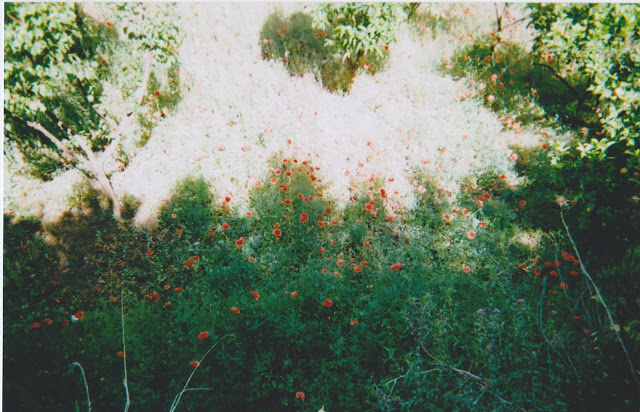Dear Megan from michelle lee on Vimeo.
Final project: combine audio/sound, storytelling, and painting and drawing.For this video, I decided to experiment with animating simple drawings with an audio recording of a story. The story itself, in the beginning, had been a typical narration of a memory. I chose to break it down into phrases that were concrete but also abstracted in some way. It references a memory of the games my sister and I played during the summertime - imagining places and stories that only we knew. The drawings are meant to illustrate the simple symbols and meanings within the audio, but I did not want them to be direct, concrete references.


















































